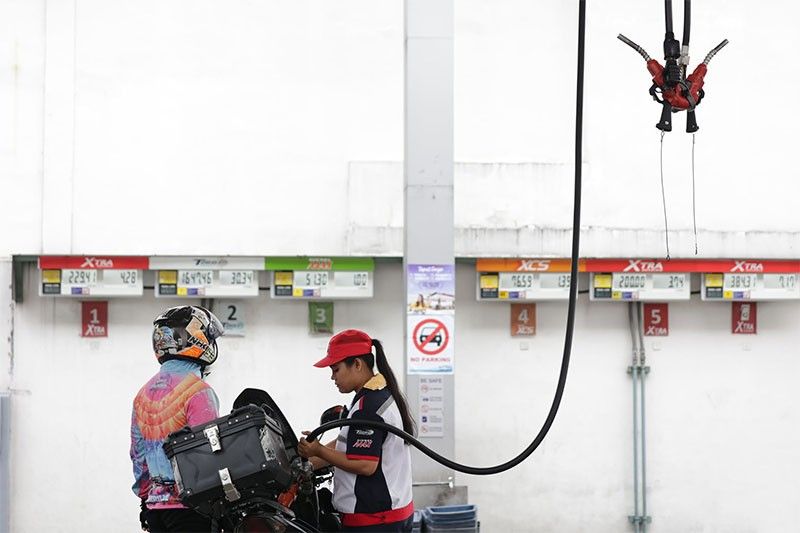
Upgrade to High-Speed Internet for only ₱1499/month!
Enjoy up to 100 Mbps fiber broadband, perfect for browsing, streaming, and gaming.
Visit Suniway.ph to learn
Bella Cariaso - The Philippine Star
April 1, 2025 | 12:00am
An undated photo of a family eating a meal on the ground.
Michael Varcas, file
MANILA, Philippines — Amid a sharp increase in the number of hungry Filipinos, the Department of Agriculture (DA) has maintained there is no food supply shortage in the country.
“I do not see... a shortage of food. We cannot discount there is hunger, but I think that’s more of economics, not agriculture-related,” Agriculture Secretary Francisco Tiu Laurel Jr. said yesterday.
“We have almost everything, especially now, March, April, May and June,” he added, referring to the harvest season.
Around 27.2 percent of Filipino families, or 7.5 million households, experienced involuntary hunger in the past three months, based on the latest Social Weather Stations survey.
The SWS said the country’s hunger rate sharply rose last month, reaching its highest level since the pandemic lockdowns in 2020.
“It was only during the dry season last year when we experienced problems, but under normal circumstances, we have enough supply of everything,” Tiu Laurel said in a chance interview after leading an inspection at Mega Q-Mart in Quezon City.
“Trade Secretary Christina Roque and I were just talking with vendors of pork, fish and rice. They said the demand is high as more consumers are buying because of low retail prices, especially rice,” he noted.
For his part, Pambansang Lakas ng Kilusang Mamamalakaya ng Pilipinas vice chairman Ronnel Arambulo said the reported 7.5 million hungry Filipinos came from the fishing and farming communities.
Arambulo cited a Philippine Statistics Authority study that showed fisherfolk and farmers as the poorest sectors, with 30.6 percent and 30 percent poverty incidences, respectively.
Meanwhile, amid reports of over 2,000 kilos of tomatoes discarded in Nueva Vizcaya due to oversupply and depressed farmgate prices, Tiu Laurel said he ordered officials to investigate the matter.
“Based on the report I received, the tomatoes arrived at the Nueva Vizcaya Agriculture Terminal, but the problem was (oversupply) as farmers were harvesting at the same time. The tomatoes were not sold,” he recalled.
As for the maximum suggested retail price of P45 per kilo of imported rice, Kilusang Magbubukid ng Pilipinas chairman Danilo Ramos said it is “another band-aid fix that hurts farmers, ineffective in curbing high prices.”
The max SRP adjustment, he said, came right in the middle of the local harvest season, triggering fears of even lower farmgate palay prices.
“In San Jose, Occidental Mindoro, newly harvested palay is being bought for as low as P13 per kilo, far below the cost of production,” Ramos said.
The lower max SRP of imported rice took effect yesterday.

 2 months ago
21
2 months ago
21



